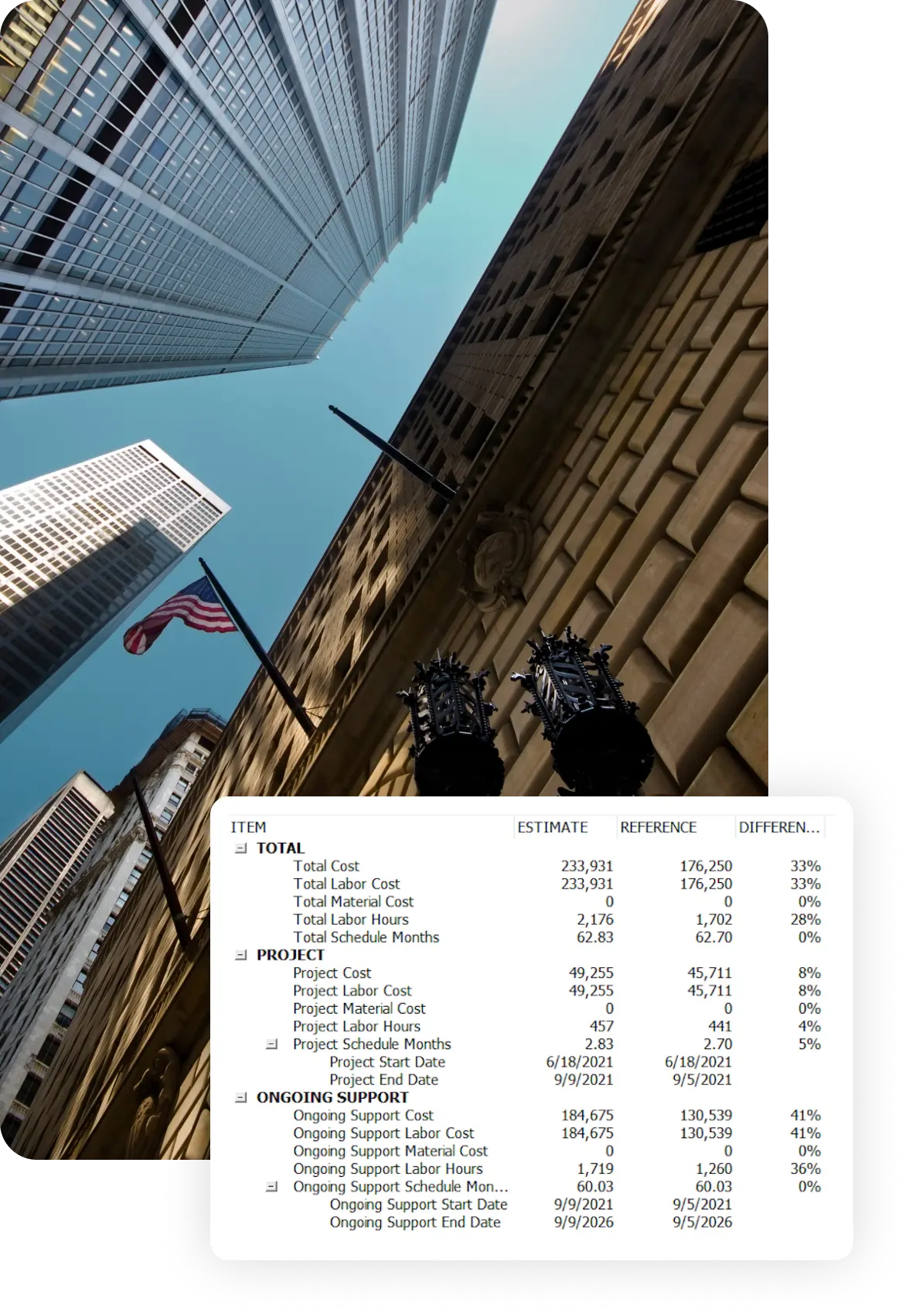Contract Vehicles
At Galorath, we pride ourselves on our established relationships with federal and commercial entities. Our commitment to excellence and deep-rooted expertise in various sectors has enabled us to secure prime contracts with the federal government and master service agreements (MSAs) with numerous private companies.
Federal Prime Contracts
- GSA Multiple Award Schedules: Our presence in the GSA Multiple Award Schedules, specifically 47QTCA19D00JW and 541330ENG, showcases our dedication to providing top-tier services that meet the stringent requirements of federal agencies.
- SeaPort-NxG Contract: With our SeaPort-NxG Contract N0017819D7678, we further solidify our position as a trusted partner for naval and marine-based projects, ensuring quality and precision in every endeavor.
NAICS Codes
Our association with a broad spectrum of NAICS codes showcases Galorath’s versatility. Our primary affiliations include:
- 5416: Management, Scientific, and Technical Consulting Services
- 611: Administrative & General Management Consulting Services
- 620: Environmental Consulting Services
- 690: Other Scientific and Technical Consulting Services
Additionally, we are equipped to cater to diverse project needs with ten other available NAICS codes.













